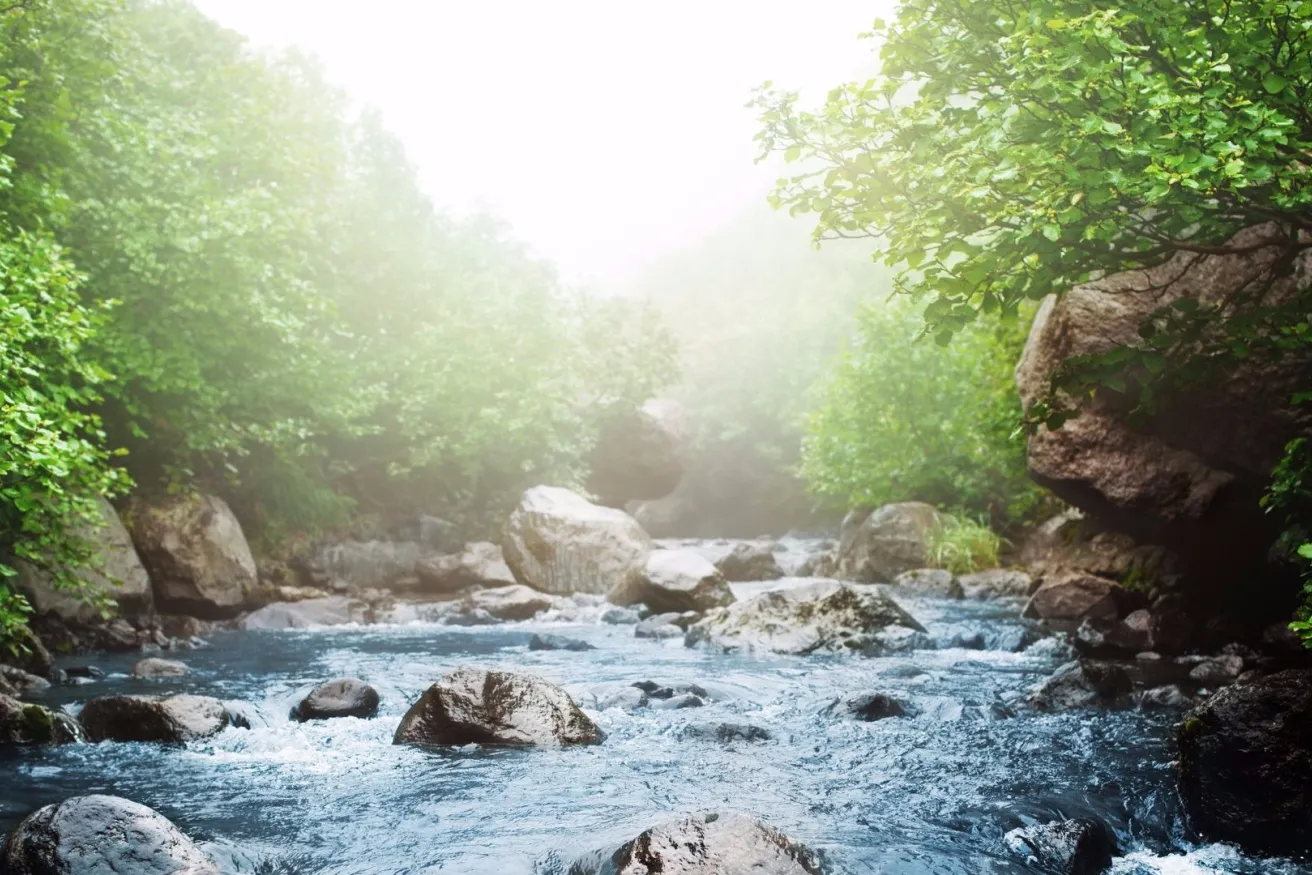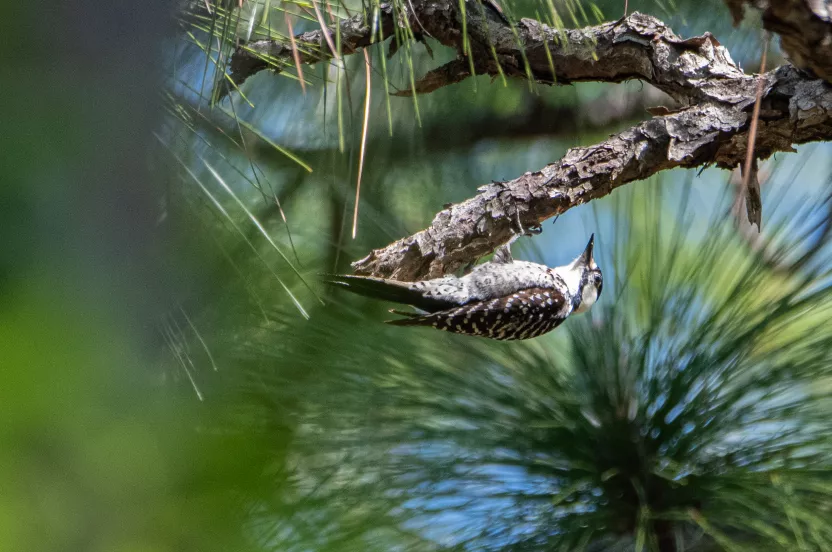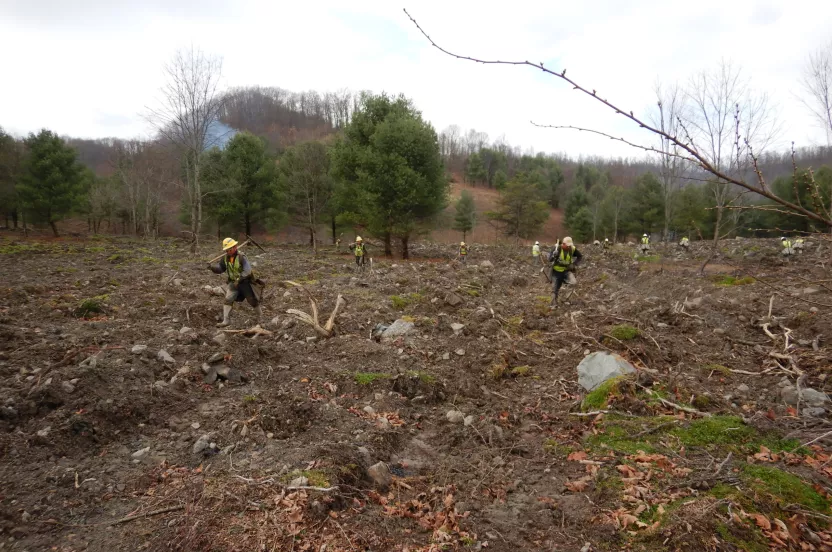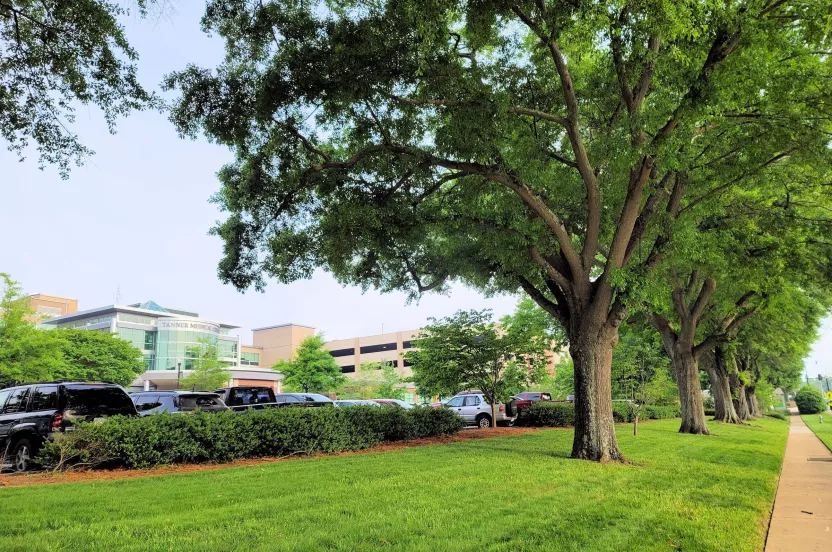Now live: The 2025 Canopy Report. Learn how Americans see trees. GET THE REPORT
From Forest to Faucet: How Trees Clean Your Drinking Water
Did you know that well managed natural forests help provide cleaner drinking water to urban communities?
July 2, 2014

Did you know that well managed natural forests help provide cleaner drinking water to urban communities?
A report by the USDA Forest Service states nearly 80 percent of the nation’s freshwater originates from forestland. That crisp taste of fresh water is made possible by healthy forests, and when forests are neglected or destroyed it tampers with the quality of our water supply.
Because forests account for such a healthy portion of drinking water, it’s important to understand the science of how water is collected and dispensed. Forests absorb rainfall and use that water to refill underground aquifers, cleansing and cooling water along the way. Certain tree species even break down pollutants commonly found in urban soils, groundwater, and runoff, such as metals, pesticides and solvents (Watershed Forestry Resource Guide). By recycling rain water we’re not only producing higher quality water, but the impact of such methods are valued at $3.7 billion per year.
Watersheds carry water runoff downhill from land into a body of water, whether it is a lake, river, or stream. Freshwater springs in forests are an example of forestland watersheds. In urban settings watersheds serve as a key source of drinking water and can cut costs for water treatment systems. In addition, the presence of trees can retain stormwater runoff by absorbing excess water through its leaves and roots that would normally surge through gutters and pipes. According to the US Environmental Protection Agency, there are more than 2,110 watersheds in the continental United States.
Maintaining our nation’s forests is critical both ecologically for natural wildlife and habitat and economically in saving money for cities and residents. When forests are destroyed as a result of natural disasters such as wildfire, it has a profound impact on cities. In 2002 Pike National Forest experienced the largest wildfire in Colorado history, burning approximately 137,000 acres including the upper South Platte watershed—the primary source of water for the City of Denver and its residents.
We are replanting on Pike National Forest in efforts to restore it back to its natural state. Other forests linked to important watersheds that we are replanting on include Payette National Forest in Idaho, Manchester State Forest in South Carolina, and the North Carolina Sandhills. You can help replant our critical forests, and help to keep our water clean, by making a donation today.
![5473897573_498a390849_n[1]](/sites/arborday.org/files/migration_allocation/5473897573_498a390849_n1-300x225.jpg)



